Best Pot for Snake Plants – Growers Guide to Re-potting

This post follows our research editorial guidelines.

Snake Plants (Dracaena trifasciata) are one of my favorite low-maintenance houseplants to grow and maintain. While they don’t fuss much if you miss a round of water or stick them in a low-light room, they will truly thrive if given enough room to grow.
There are usually three types of pots you can choose from: ceramic (my favorite), terra cotta, and plastic (my least favorite) – all of which offer their own set of unique benefits and drawbacks for growing snake plants. Choosing the wrong type or size pot can lead to serious issues like root rot, which will deprive your snake plant of the nutrients it needs to survive. This is especially important when trying to get some snake plant pups.
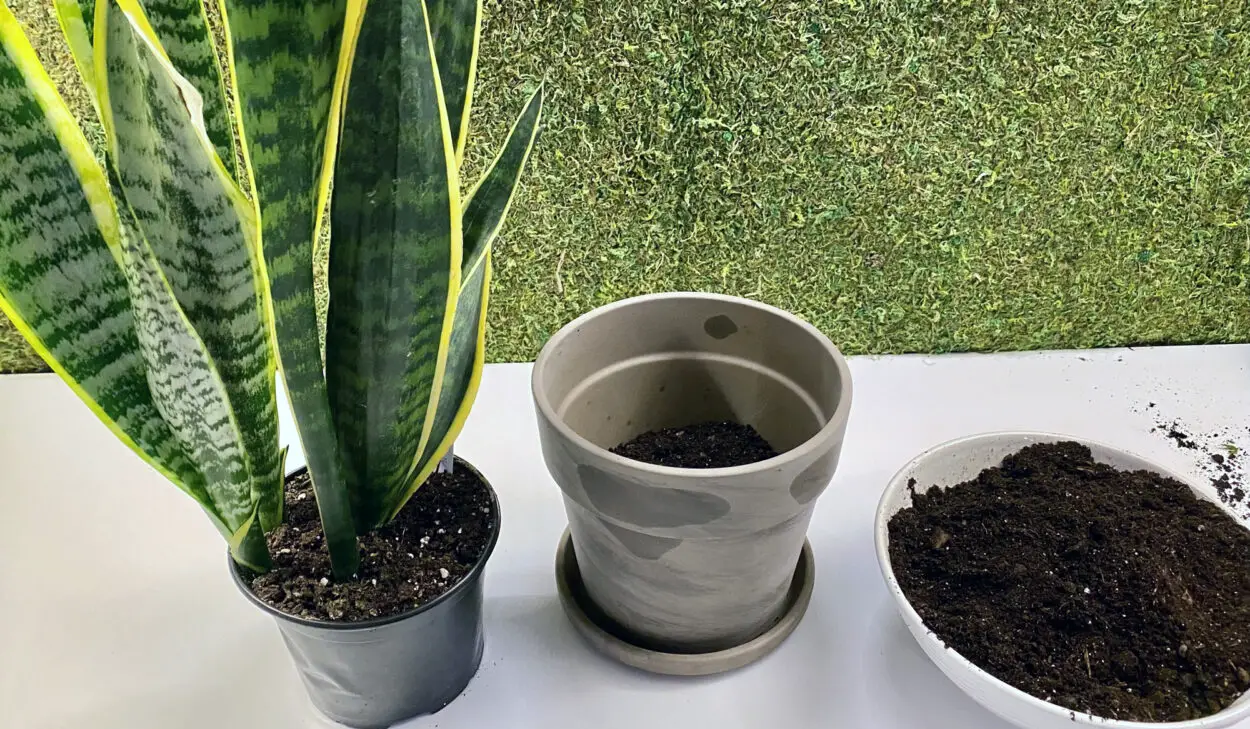
Table of Contents
Take it from me: When I first started growing plants, I didn’t care about what kind of pot I put them in – including snake plants. I didn’t think it mattered, but after honing this craft for the past 10 years, I realized what a big difference growing a snake plant in the right pot can have.
If you want to make sure your snake plant has its best chance of success, keep reading. These tips will help!
What is the Best Pot for a Snake Plant?
The general consensus within the plant community is that terra cotta pots are best for snake plants. A terra cotta pot’s material dries the soil out faster than plastic pots. This means that the roots can dry quicker and your snake plant can avoid root rot and other ailments.
And, since snake plants are generally more prone to experiencing root rot than other plants, this makes choosing the right pot all the more important.
Terra Cotta Pots
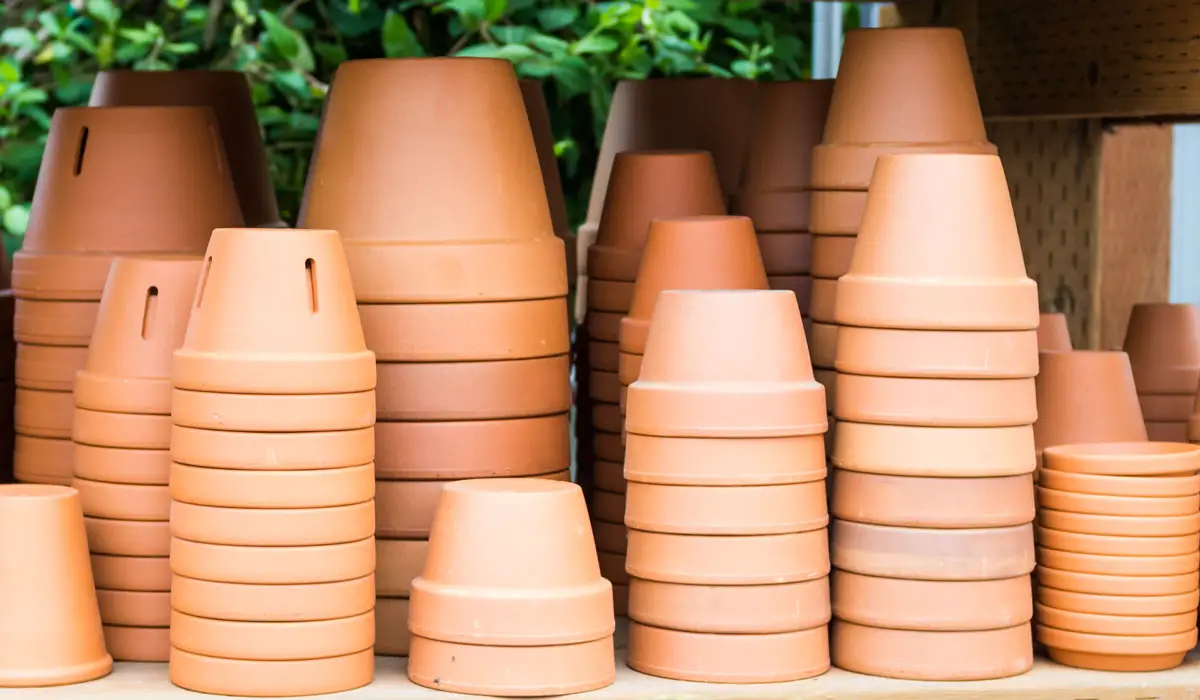
Out of all your options for a pot, terra cotta is probably your best bet. Because of how they’re made, they make it easier for your snake plant to dry out, especially when compared to something like a plastic pot.
This means less of a chance for root rot to take place. It also helps the roots to breathe and grow. Terra cotta provides you with the most control over the moisture in your soil while having great benefits for your plant.
Since terra cotta is porous, moisture can escape through the sides of the pot, unlike the other materials listed here. While drainage holes should still be included, the nature of terra cotta means that moisture is also controlled by evaporating out of the sides of the pot, which is good for eliminating the risk of rot.
Ceramic Pots
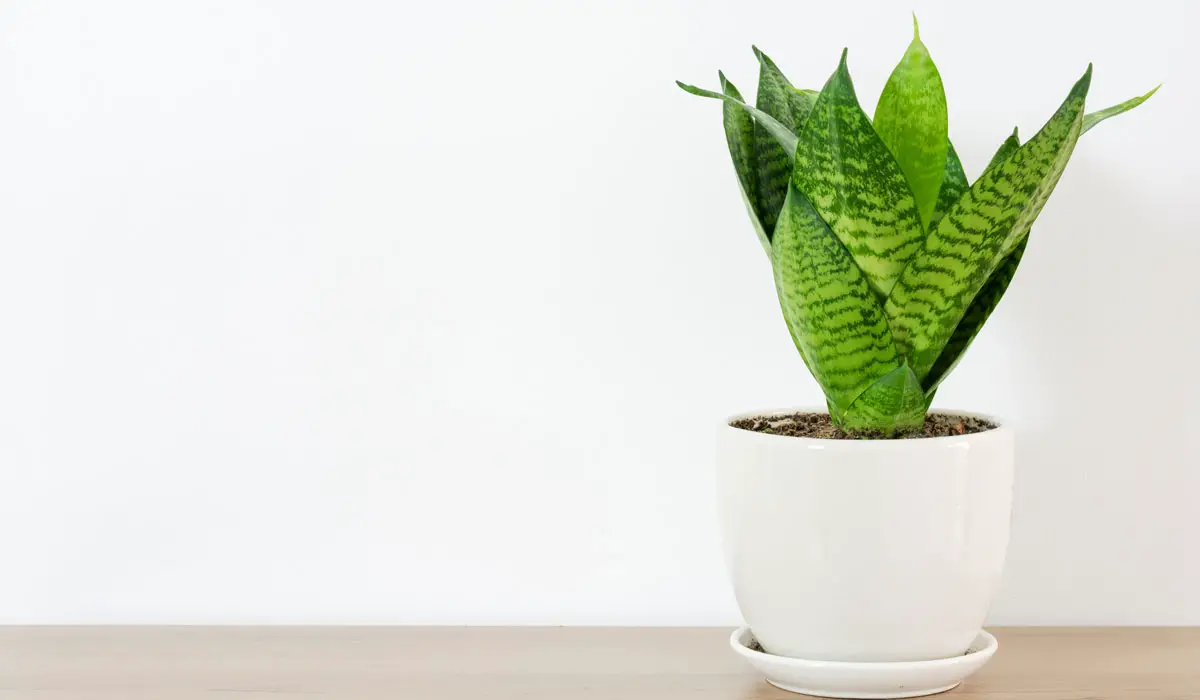
When compared to terra cotta, ceramic pots, while not perfect, do provide some great benefits of their own. They work great for smaller plants while providing a sturdy counterweight to larger, top-heavy plants.
The downside to using a ceramic pot is that it’s not nearly as porous as a terra cotta pot. This means that more moisture can build up, causing issues like root rot to occur if it’s not properly maintained.
Plastic Pots
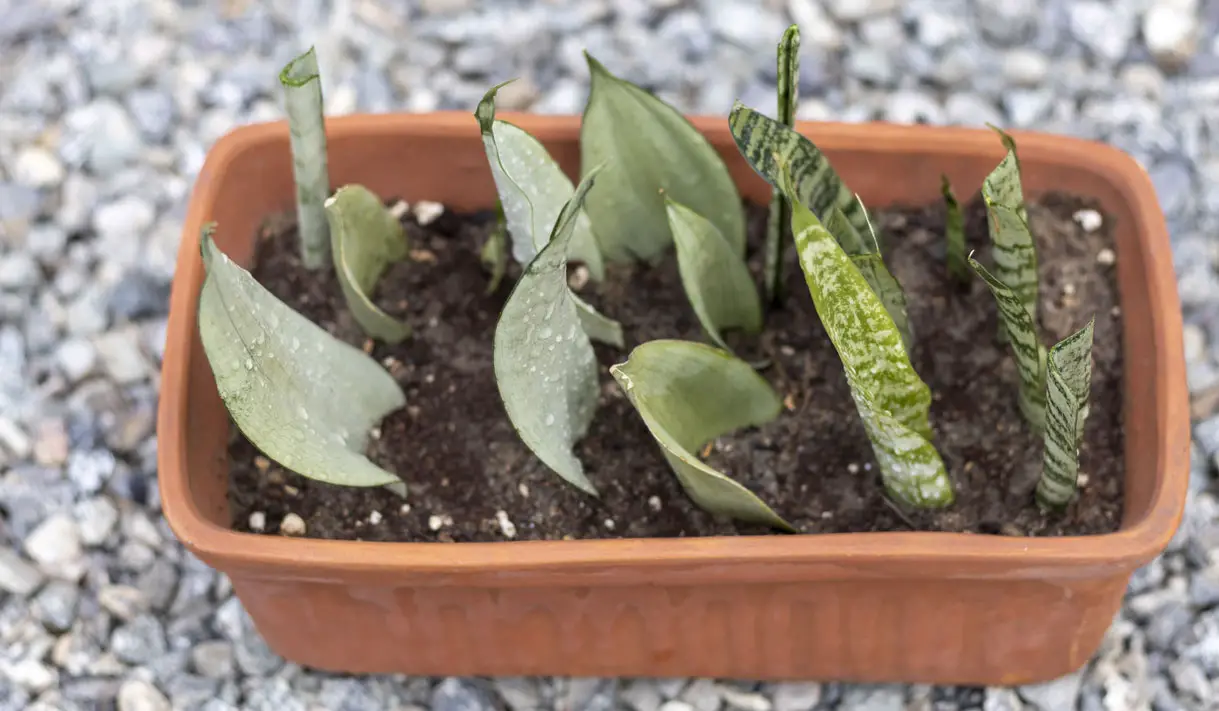
Out of your three options here, plastic pots, while not a bad choice, are not ideal, especially compared to terra cotta or even ceramic. They are lightweight, inexpensive, and easily reusable. Since they’re so lightweight, they’re a great option if you’re looking to put your plant into a hanging basket.
The downside to plastic pots is that no water can get through, so moisture can build up very easily. It’s recommended that, if you’re going to go with a plastic pot, go with one that has drainage holes on the sides.
This will help prevent root rot from occurring while also providing the ability to release moisture that a terra cotta pot provides.
Checking for Good Drainage
Simply put, you should invest in a pot that has some sort of drainage hole or system in order to keep your plant from forming root rot. Having drainage holes in your pot is the most ideal way to ensure that your plant can properly drain.
Susan Marquesen, a Master Gardener and Master Food Preserver elaborates on this point, stating that plant growers should only choose “…containers with drainage holes to prevent soggy soil.”
But what if that isn’t an option? First, check your soil regularly for moisture levels. The easiest way to check is to put your finger about 2 inches into the soil and see if it feels moist. If it feels moist, don’t water your plant. If it feels dry to the touch, water it.
The second thing you can do is create a drainage layer in your pot before you add your plant and soil. Adding a layer of pebbles or gravel to the bottom of the pot allows for excess water to drain from the soil.
That helps prevent water from backing up and causing there to be an issue with too much moisture buildup.
What Size of Pot Should You Use?
If you can, you should opt for a pot that’s at least 18 inches wide and 24 inches deep. This is because snake plants can grow very large – up to 12 feet tall, in fact.
Ultimately, the perfect-sized pot will depend on the current size of your snake plant. If you’re growing one from propagation or buying it from a store, then a pot that’s 3 inches tall and 6 inches wide will suffice. If your snake plant is mid-size, a pot that’s approximately 6 inches tall and 10 inches wide should do the trick.
When it comes to picking the perfect pot for your snake plant, keep in mind that it tends to prefer a pot that’s similar to the size it already is. So if your plant is small, it’s going to prefer a slightly smaller pot. Likewise, if it’s large, it’s going to prefer growing in a larger pot.
Small Pots vs. Larger Pots
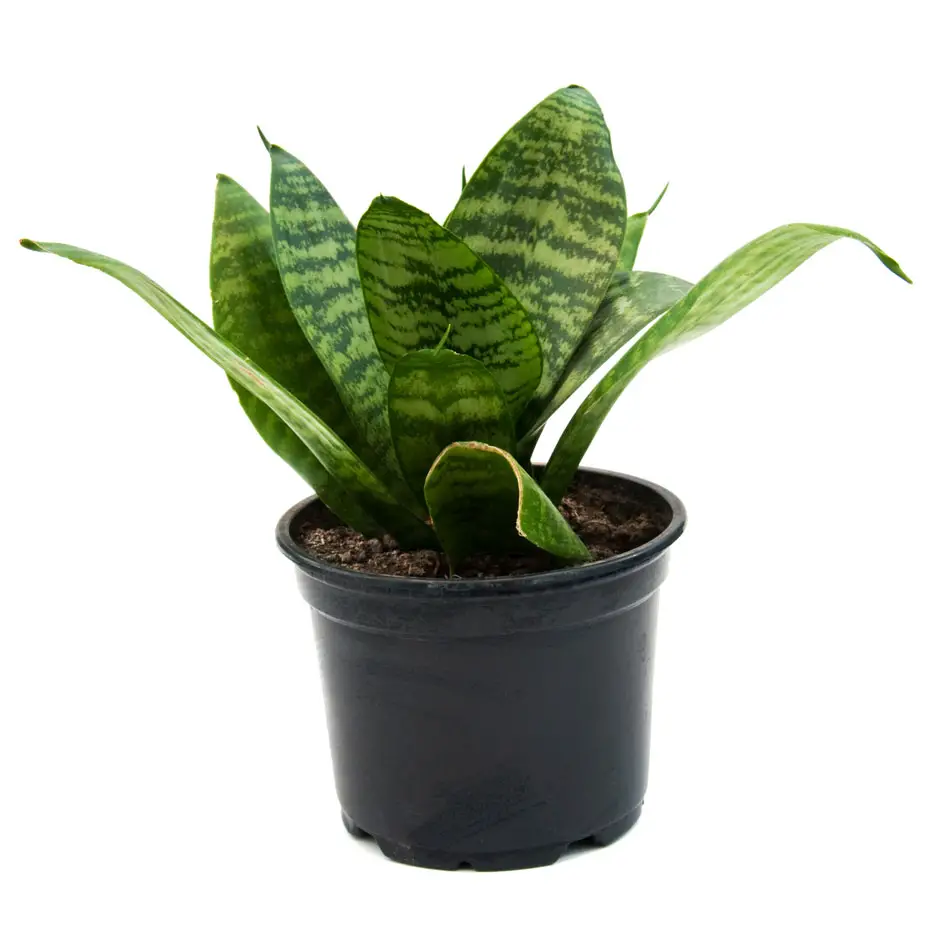
I briefly mentioned what kind of pot your snake plant will prefer in the paragraph above, but what are the differences between using a small pot versus a large pot to house your snake plant? It really all comes down to the roots.
Snake plants prefer for their root system to be a bit more crowded, which is why they generally tend to favor small pots. The larger the pot is, the more room it leaves for the plant’s roots to become waterlogged and rot.
However, if the pot is too small, the roots can become overcrowded and you not only will encounter damage to the pot itself, but experience root rot, as well, because the roots won’t be getting enough water and nutrients.
Case and point: when the roots of a snake plant get too out of control, they can actually break a terracotta pot. Smaller, terra cotta pots are the optimal choice for snake plants, both when they’re first starting out and as they continue to grow.
FAQ
Do Snake Plants Have Deep Roots?
Generally speaking, no, snake plants do not have deep roots. Their roots – also known as Rhizomes – don’t grow down. Instead, they grow outward.
More often than not, these Rhizomes only end up growing a few inches deep into the soil. If you are transferring a snake plant to a new pot, check out its roots to see what they look like. Don’t be alarmed by the orange color – that just means they’re healthy!
Do Snake Plants Like Deep or Shallow Pots?
Because their roots grow outward instead of straight down, snake plants tend to favor shallow pots over deep ones.
If you use too deep of a pot, your snake plant’s roots could end up staying wet for too long, leading to root rot.
Should I Put Rocks in the Bottom of My Snake Plant?
Yes, you should put rocks in the bottom of your snake plant pot. Snake plants are generally really low-maintenance plants, meaning that they can survive if you forget to water them for a little bit.
However, it’s because of this sometimes lax watering schedule that results in beginner plant owners accidentally overwatering them to overcompensate for the days they missed. This is one of the big reasons why adding rocks to the bottom of your snake plant is so important.
Rocks added to soil makes it easier for water to drain through and not cause root rot or other issues that can lead to plant decay. When adding rocks to your plant, make sure you’re adding them at the bottom of the soil to create small crevices for the water to seep through.
Buying a well-draining potting soil from a store is also a good alternative, as this is designed to achieve the same effect as adding rocks to the pot yourself.
When Should I Repot My Snake Plant?
On average, you should only need to repot your snake plant every 2-5 years, but it could very easily be much longer than that. This is because snake plants actually prefer smaller pots where they can remain “root bound.” In other words, the roots have wrapped around the soil in a circular formation.
However, this doesn’t mean you should leave your snake plant root-bound forever. As your snake plant grows, it will eventually outgrow the pot because the soil won’t have enough room to hold water, since it’s, instead, holding so many roots. This can eventually lead to the death of your snake plant.
As long as you’re mindful of how long your snake plant has been growing in its pot, you can stay one step ahead in terms of knowing when it needs to be repotted.
Final Thoughts
Because snake plants require such little maintenance, they make a great houseplant for those just starting to develop their green thumb.
Though your snake plant won’t need constant repotting, making sure it has the right environment to grow is critical to its success. With these tips, you’ll soon be on your way to having a healthy, thriving snake plant.
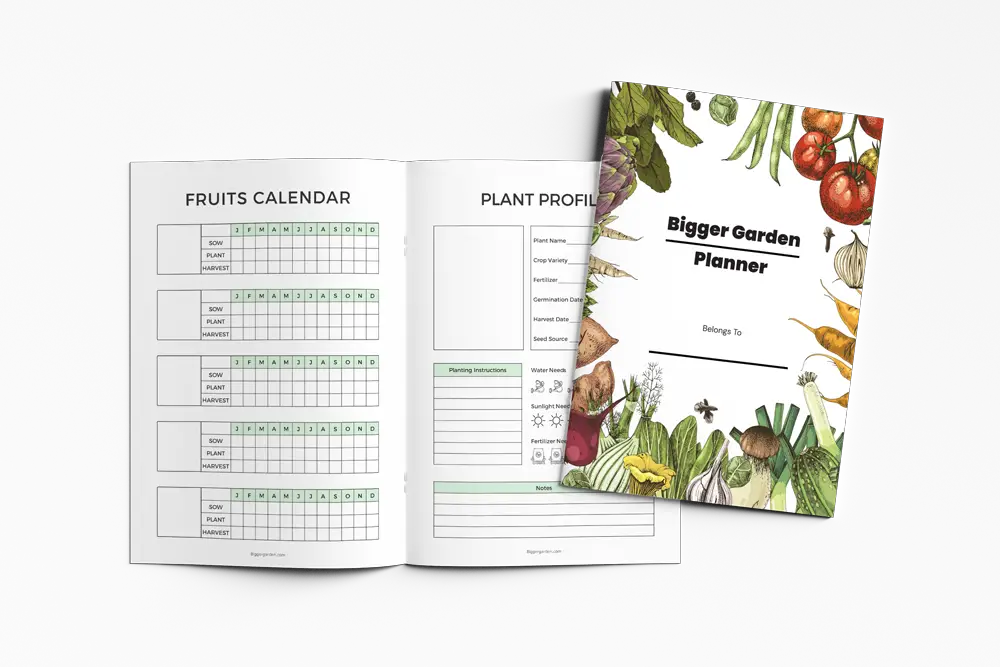
Before you go!
How to Propagate Elephant Ears: 7 Easy Steps
How to Braid a Money Tree?
Can I Reuse Soil from a Dead Plant?
Elephant Ear Turning Yellow, Brown, and Discolored